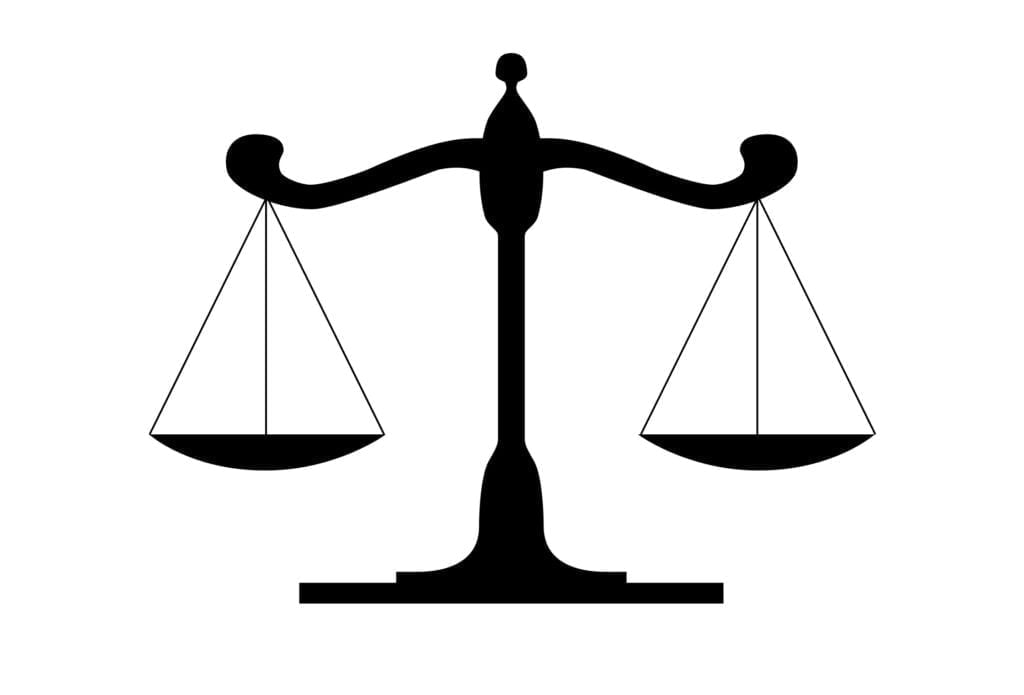Like most consumers, I’m always on the lookout for the best deals on the Internet. I feel guilty buying socks unless I know for sure they’re the fairest price! Sellers on the Internet know that their customers prefer bargains, but it’s hard to always give it to them when they need to turn a profit. So what about wholesale? Is it possible for a seller to offer their goods at that price and still make money? Is it possible for everyone involved in a sell to win?
Yes!
Okay, so this really wouldn’t be much of a blog post if the answer was “no.” But yes, it’s true! Everyone can win with wholesale! This really only works with sellers who offer products they create themselves; for example, custom calendars or soaps, or anything that requires that seller purchasing materials first to then subsequently create the final product.
“Wholesale” literally means the product is purchased whole at its original price; a lot of stores will buy wholesale and then mark it up, but for sellers that sell wholesale directly cut out the middleman, they’re able to do so because most of the time it’s something they made themselves.
So how do I do it?
To understand how to sell your products’ wholesale price you’ll have to do a little math. There are many suggested formulas and other tricks to calculate those prices, but I like this formula from Launch Grow Joy:
(Labor + Materials) x 2 = Wholesale price
“Materials” simply indicates the cost of the materials you need to create your final product. “Labor” is a bit trickier to gauge: you, as the proprietor of your business, must assess the total cost of your labor that went into making your products. This can get even more confusing if it isn’t you specifically crafting your products but an employee. But let’s assume for the sake of this blog post you are the sole employee of your business.
Another confusing factor to calculating labor cost is a rather personal one: you have to decide how much your labor is worth! I can’t offer specifics on doing so because it’ll vary from industry to industry, but there are several questions you can ask yourself.
- How many hours does it take to make one item of my inventory?
- How many years have I been working in this field, and consequently, how skilled am I?
- Am I paying rent for the space I’m making my product in?
Other questions might arise as you consider what you have at your disposal. Much like writing off certain purchases on your tax forms, you can get away with a lot of stuff, but make sure they’re all important! In the end, you’ll be able to feel comfortable about how much you charge for your labor, because there’s value in the equipment you use and you’ll see what’s fair.
Consider Your Long-Term Goals
You might only be months into your new business, or this is your third. Depending on what you want out of your shop, you’ll probably have an array of different goals from others. Wholesale might be how you want to do your business in the long run, or you plan on raising prices as soon as you score popularity. Whatever you want to do, consider where you’re at now.
I’ll say it again because I honestly believe it’s true, but it is in fact possible for everyone to win with wholesale. Someone who is efficiently able to produce their products can still get paid adequately when they sell it to their customer at a wholesale price, and the customer of course will be paying for the item 100% of what it’s worth. Better yet, you’ll gain a loyal customer base, who appreciates your craft and its value, and you can set your sights for success.
